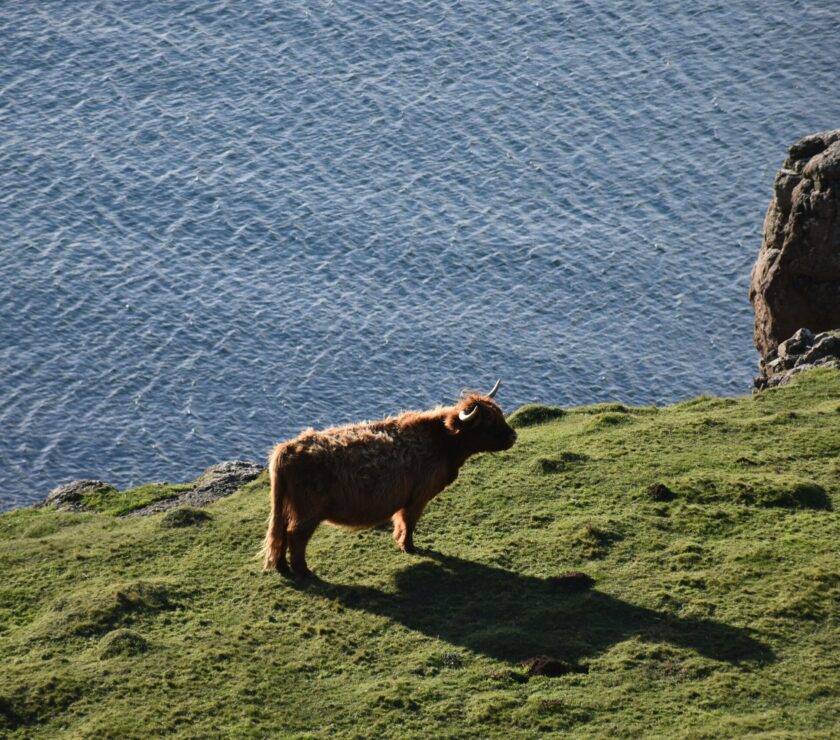Introduction to Peak District National Park
The Peak District National Park, located in central England, is renowned for its breathtaking natural beauty and diverse landscapes. Established in 1951, it holds the distinction of being the first designated national park in the United Kingdom. This remarkable area spans over 1,400 square kilometers, encompassing parts of five counties—Derbyshire, Cheshire, Staffordshire, Yorkshire, and Greater Manchester. The park serves as a vital sanctuary for various ecosystems and is celebrated for its unique geological features, including limestone caves and gritstone edges.
The stunning scenery within the Peak District is characterized by rolling hills, verdant valleys, and ancient rock formations that attract millions of visitors each year. The park’s highest point, Kinder Scout, rises to 636 meters, offering panoramic views of the surrounding landscape. The rugged terrain presents a striking contrast to the gentle slopes found in the dales, providing a diverse habitat for many species of flora and fauna. As one of England’s most beloved natural areas, the park showcases remarkable biodiversity, making it a fantastic destination for nature enthusiasts.
Outdoor activities abound in the Peak District, catering to a wide range of interests. Walking and hiking trails traverse the park, offering routes for different skill levels—from leisurely strolls to challenging hikes on the iconic Pennine Way. Cycling is also popular, with numerous paths allowing visitors to explore the region on two wheels. For adventure seekers, climbing and bouldering opportunities exist on the park’s renowned gritstone edges, while birdwatching and wildlife photography are rewarding pursuits, thanks to the varied habitats that support wildlife, including deer, birds of prey, and unique wildflowers.
Discovering Derbyshire Dales
The Derbyshire Dales area is a captivating feature of the Peak District National Park, offering a rich tapestry of charming villages, historic sites, and stunning vistas that reveal the region’s alluring character. Among the most enchanting villages are Bakewell, known for its delightful Bakewell pudding, and Eyam, renowned for its intriguing history as the plague village. These picturesque settlements provide a serene backdrop for visitors, combining traditional stone architecture with an inviting atmosphere.
In addition to its charming villages, Derbyshire Dales boasts several significant historic landmarks. Chatsworth House, an opulent stately home, stands proud as one of the region’s crown jewels. Surrounded by sprawling gardens and expansive parkland, its magnificent interiors and art collections offer visitors a glimpse into the lives of the Devonshire family. The estate regularly hosts events that reflect local culture, enhancing the overall experience for guests.
Another highlight of the Derbyshire Dales is the historical caves of Castleton, a popular destination for adventure seekers and history enthusiasts alike. The dramatic landscapes surrounding Castleton provide ample opportunities for exploration. Visitors can embark on guided tours through the caverns, including the famous Blue John Cavern, which is home to the rare Blue John stone. Walking and hiking trails abound, allowing for an immersive experience in nature while soaking up the region’s breathtaking views.
Local culture is also vibrant in the Derbyshire Dales, with traditional cuisine playing a notable role. Many eateries and tea rooms serve local delicacies, ensuring a delightful culinary experience. Festivals and seasonal events showcase the region’s cultural heritage, further promoting a sense of community and pride among residents. Engaging with these local customs offers a deeper understanding of the Derbyshire Dales and enriches the visit for travelers exploring this remarkable area.
Outdoor Activities and Adventures
The Peak District and Derbyshire Dales are renowned for their stunning landscapes and provide a myriad of outdoor activities for nature enthusiasts and adventurers alike. Hiking is one of the top activities, with trails ranging from gentle strolls to challenging climbs. The most popular hiking routes include the Edale to Kinder Scout, a 12-mile trek offering breathtaking views of the moors, and the scenic walks around Mam Tor, known for its distinctive landscape and geological features.
For those who prefer two wheels, the Peak District boasts several mountain biking trails suitable for various skill levels. One standout route is the Monsal Trail, which runs approximately 8.5 miles along a former railway line, providing a relatively flat cycling experience amidst beautiful scenery. More experienced riders may explore the technical trails at Bike Park, located in Wharncliffe Woods, where they will find challenging descents and jumps tailored for a thrilling ride.
Climbing enthusiasts will find a plethora of climbing spots throughout the region. The iconic Stanage Edge is famous for its gritstone outcrops and offers routes for climbers of all abilities. Alternatively, the climbing spots within the Hope Valley provide an extensive choice of bouldering opportunities. For novices or individuals wishing to improve their skills, numerous guided tours and instructional classes are available to ensure a safe and enjoyable experience.
Visitors seeking a more structured outdoor experience can join various guided tours that emphasize the beauty and history of the landscapes. Many local companies offer adventure packages that combine hiking, cycling, and climbing, catering to different preferences and fitness levels. Additionally, equipment rental services are readily available, ensuring that both first-time adventurers and seasoned explorers are well-equipped. Seasonal events such as community organized walks or adventure races also showcase the vibrancy of outdoor activities in the area, making each visit unique and engaging.
Tips for Planning Your Visit
Planning a trip to the Peak District and Derbyshire Dales requires thoughtful consideration to maximize enjoyment. One of the prime factors to contemplate is timing. The best months to visit this scenic area are typically late spring to early autumn (May to September), when temperatures are milder, and the natural landscape is in full bloom. However, for those who prefer a quieter experience, visiting during the shoulder seasons of late autumn or early spring may offer a more tranquil exploration of the region.
Transportation options are varied. For travelers coming from outside the area, the nearest significant railway stations are in Sheffield and Derby, providing access to various bus services that connect to smaller towns within the National Park. Renting a car might be advisable for those looking to explore more remote locations, as it allows for greater flexibility in your itinerary. Additionally, cycling enthusiasts will find that the designated routes in the region cater to biking, making for an adventurous way to experience the stunning views.
Accommodation ranges from cozy bed and breakfasts to more formal hotels and self-catering cottages, ensuring options suitable for varying budgets. It is advisable to secure reservations well in advance, especially during peak season, as popular spots can fill rapidly. When packing for your visit, essential items include sturdy hiking boots, breathable clothing, and a waterproof jacket to accommodate the unpredictable English weather.
Safety is paramount while exploring the outdoors. Always inform someone of your planned route, carry a charged mobile phone, and make use of local maps or GPS for navigation. Resources such as local visitor centers can provide valuable information on trail conditions and safety tips. In conclusion, with careful preparation, visitors to the Peak District and Derbyshire Dales can fully enjoy the breathtaking landscapes and rich heritage this remarkable region offers.



